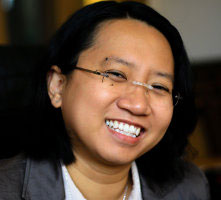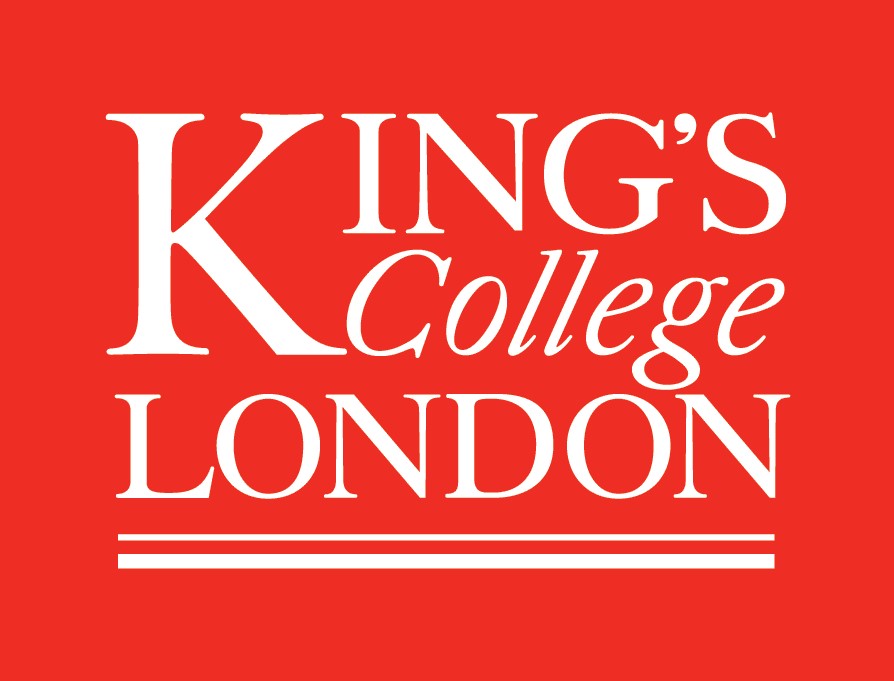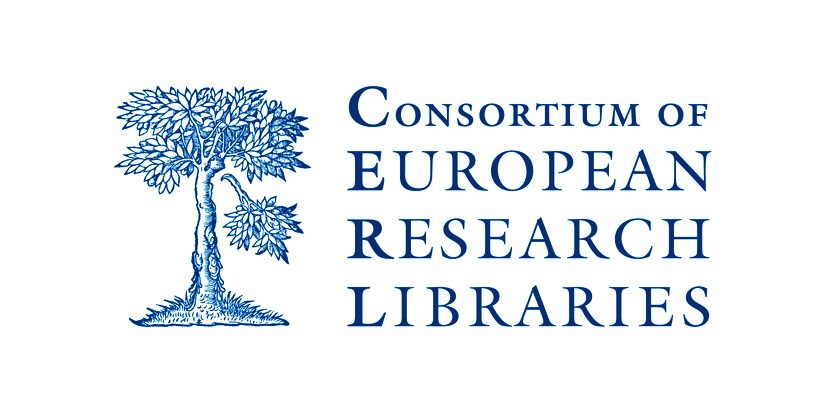Welcome to BookTracker!
Books move extensively throughout their lives, spreading learning, ideas and information, and changing ownership. Since 2009, the international and collaborative database Material Evidence in Incunabula (MEI) has been gathering data about the former ownership and use of the first books printed in the 15th century, books known as incunabula. The data, and the digital resource, make it possible to track the circulation of books, their trade routes and later collecting, across Europe and the USA, and throughout the centuries. Between 2014 and 2019 the database was substantially enhanced during the ERC-funded 15cBOOKTRADE Project, based at the University of Oxford and coordinated by Prof. Cristina Dondi.
MAPPING THE DISPERSAL OF BOOKS FROM RELIGIOUS ORDERSIn an attempt to quantify the extent of the phenomenon, we have extracted information on the provenance from monastic institutions of books today in major European collections, such as Oxford Bodleian Library, Cambridge University Library, London British Library, Munich Bayerische Staatsbibliothek, Harvard University Houghton Library. The link between the European libraries where the books originally came from and the current holding institution, through a set of visualizations, will highlight the magnitude of the phenomenon for the history of libraries. It will also show how extensively the printing revolution penetrated religious institutions in the 15th and 16th centuries.
AcknowledgementThis work was supported by King's Undergraduate Research Fellowships (KURF) and the Department of Informatics, King's College London.
Contributors
The project is a collaboration between






